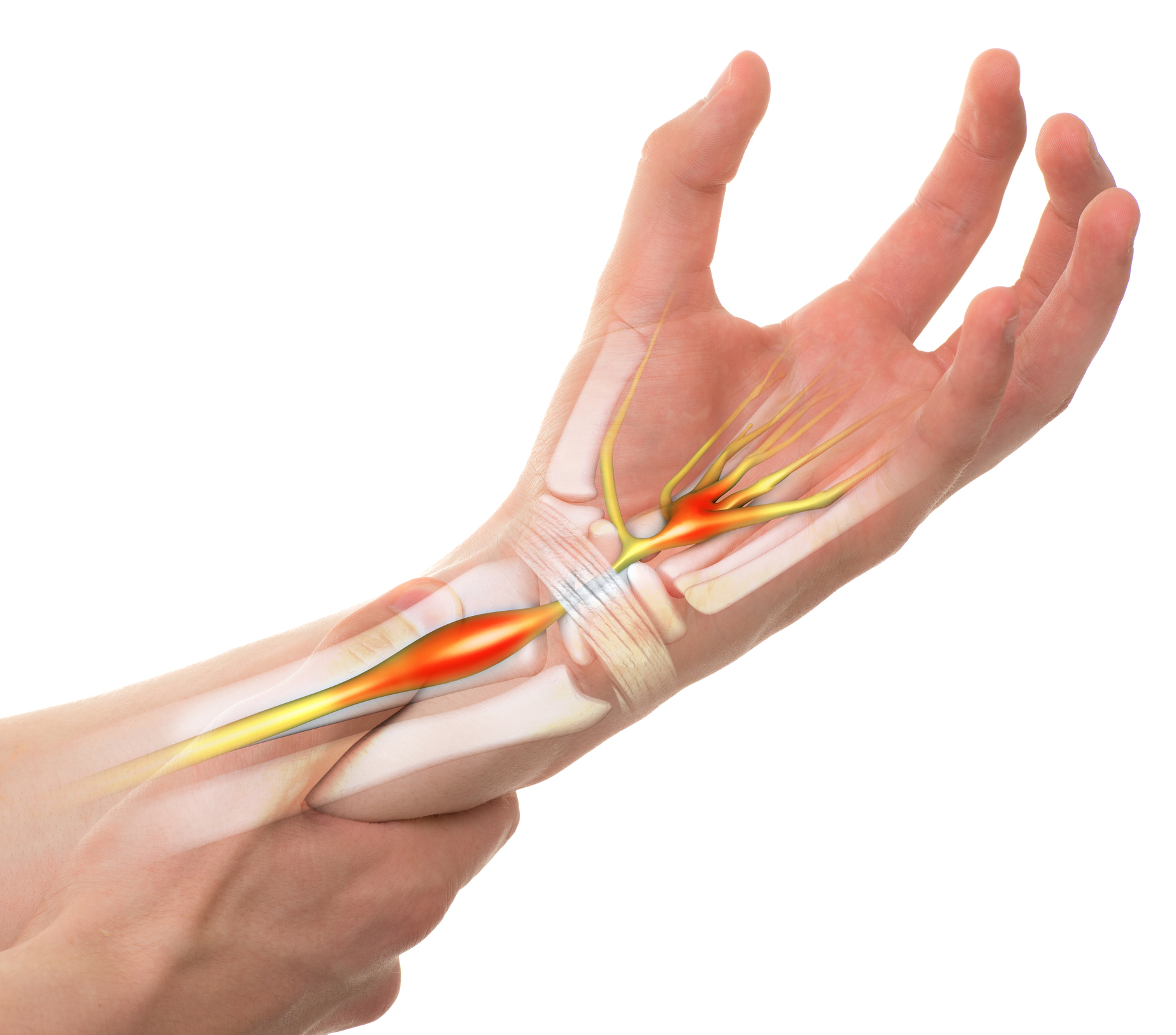What is Nerve Repair?
Nerve Repair is a surgical procedure aimed at restoring the function and integrity of damaged nerves in the hand or upper extremity. Nerves are vital for transmitting signals between the brain and muscles, enabling movement and sensation. Nerve injuries can occur due to trauma, lacerations, compression, or disease, leading to loss of sensation, weakness, or paralysis. Nerve repair surgery involves reconnecting or grafting the damaged nerve ends to promote healing and restore function.

Why Might You Need Nerve Repair?
Nerve Repair may be recommended if you experience:
- Loss of Sensation: Numbness or tingling in the hand or fingers due to nerve damage.
- Muscle Weakness: Weakness or paralysis in the hand or upper extremity muscles.
- Difficulty Moving: Inability to move certain fingers or perform fine motor tasks.
- Diagnostic Confirmation: Need for surgical intervention to repair a confirmed nerve injury and prevent further damage.
What Are the Steps in a Nerve Repair Procedure?
Preoperative Preparation
- Medical Evaluation: Comprehensive review of your medical history, symptoms, and previous treatments.
- Diagnostic Tests: Nerve conduction studies or imaging tests to assess the extent and location of nerve damage.
- Informed Consent: Detailed discussion of the procedure, potential benefits, and risks.
During the Procedure
- Patient Positioning: You will be comfortably positioned to allow easy access to the affected area.
- Anesthesia: Local or regional anesthesia is administered to numb the area or a general anesthetic may be used.
- Incision: A surgical incision is made over the damaged nerve to access and repair it.
- Nerve Repair: The damaged nerve ends are carefully reconnected using microsurgical techniques or grafted with nerve tissue from another part of the body.
- Closure: The incision is closed with sutures, and a sterile dressing is applied.
Postoperative Care
- Observation: Brief period of monitoring after the procedure to ensure there are no immediate complications.
- Immobilization: Splinting or casting may be required to protect the repaired nerve during initial healing.
- Rehabilitation: Physical therapy and occupational therapy are essential to facilitate nerve regeneration and regain function.
- Activity Guidelines: Instructions on caring for the incision and guidelines for gradually resuming normal activities.

Recovery and Rehabilitation
Postoperative Care
- Pain Management: Medications and techniques for managing postoperative pain and swelling.
- Follow-Up Appointments: Scheduled to monitor healing, assess nerve function, and adjust rehabilitation as needed.
Potential Complications
While Nerve Repair is generally safe, potential complications can include:
- Infection: Risk of infection at the surgical site.
- Delayed Healing: Delayed or incomplete nerve regeneration, requiring additional interventions.
- Nerve Regeneration Issues: Formation of neuromas or abnormal nerve growths, leading to pain or dysfunction.
Benefits of Nerve Repair in
Hand & Upper Extremity Management
- Restoration of Sensation: Regain sensation in the affected area, improving tactile feedback and preventing injury.
- Improved Muscle Function: Restoration of nerve function leads to improved muscle strength and coordination.
- Enhanced Quality of Life: Improved overall well-being and ability to perform daily activities independently.
- Potential for Long-Term Recovery: Successful nerve repair can lead to long-term functional improvement and symptom relief.
Find a Hand Surgeon
Hand & Upper Extremity
Genesys Surgery CenterLivoniaView all

